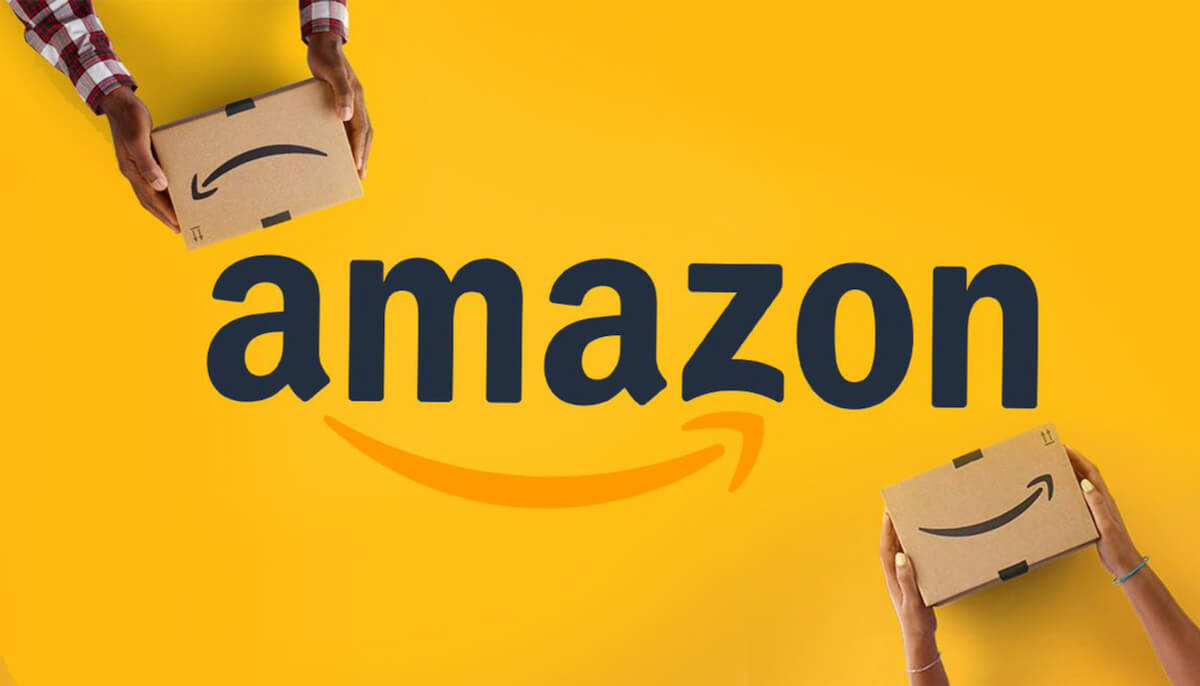Online platforms are taking over the market. Digitalization has made it possible for merchants to produce and sell products remotely and worldwide. Thus, it’s a great opportunity for far-sighted entrepreneurs to develop such selling channels and scale their businesses.
Nowadays, Amazon.com is the most famous online platform for organizing retail sales. Merchants from various countries successfully build their online businesses and make good money online. Ready to become one of them? Check our blog post by SellerSonar, a great Amazon listing hijacker tool, to find out how to start with this marketplace if you are a novice.
How to Select Products to Sell on Amazon.com?
Placing any products on the website is not enough – your customers should want to buy them. At the same time, offering shoppers the best-selling products on Amazon is not a good idea because serious competitors will crush you. Below are some simple tips on how to choose a profitable product category:
- there should be competition in the chosen niche, but not too tough;
- the optimal price of goods for Amazon beginners is 25-200 dollars;
- BSR must be at least 3000 for three items from different manufacturers;
- your product should not compete with analogs from popular world brands;
- the difference between the selling price on Amazon and the price from several suppliers must provide a margin of at least 50% and cover all marketplace commissions;
- don’t choose poorly transportable and bulky products, for example, fragile items;
- don’t sell goods that one can easily buy at the nearest stationery store.
Moreover, several categories, such as alcohol, plants, and jewelry, are not allowed for selling on Amazon. So, keep in mind to check the current list of restrictions in advance.
Amazon Selling Strategies
After considering product segments, beginners on Amazon tend to use one of the following options:
1. Focus on 1-2 products.
For instance, sellers come up with their own brand, create original packaging, improve some consumer qualities of the product, make it more attractive, convenient, etc. They also invest heavily in advertising and get an almost instant super-profit due to the novelty and popularity of the items. To understand what customers are looking for and how to improve the existing products, it is worth studying the reviews of sellers with a similar offer.
2. Offer several positions with an average level of competition and constant steady demand.
Within this strategy, sellers cooperate with suppliers or manufacturers under the dropshipping scheme and have a stable monthly income.
Each of these strategies has its advantages and disadvantages.
The first option is good because due to the uniqueness of the product, the seller does not need to compete for the Buy Box. Up to 80% of sales on the marketplace go through this button. The exact algorithm for obtaining it is unknown. However, if the seller is the only one selling a certain product, they get it automatically. Otherwise, the acquisition process may take several months, provided the merchants follow a proper selling plan.
When there are several merchants for a certain item, the platform may pass the button to anyone. So, it’s desirable to work for FBA and have good returns, delivery times, and sales numbers.
Additional advantages of the first strategy are setting a price tag above the average, high chances to stand out from competitors, and being remembered by the target audience.
Nonetheless, there are also some disadvantages of concentrating on one or two products. Firstly, there is a risk that your innovations will not interest marketplace visitors. Secondly, there will be high additional costs for advertising and product improvement. Thirdly, Amazon’s time for promoting, listing the goods, and selling them is much longer.
The second option will be easier to implement and more accessible for novice sellers. But in any case, regardless of the chosen strategy, it is necessary to conduct preliminary marketing research and analyze the current demand. It will help you not miscalculate and start a profitable business on the first try.
Amazon Trading Models
On the marketplace, you can sell both your and third-party products. Depending on the source of supply, entrepreneurs can use several trading schemes on Amazon.com:
- Dropshipping. It assumes logistics according to the FBM scheme but with a nuance. Goods are sent to the buyer directly from the seller’s supplier after placing and paying for the order. In this case, the parcel must be packed according to the rules of Amazon. The seller does not contact the product at all.
- Private Label. Items are sold under the seller’s brand name but may be produced by a third-party manufacturer. Such products can be offered by both an individual and a legal entity. According to this scheme, you can also sell hand-made products.
- Retail arbitrage. It is the resale of goods sold at a lower price on other marketplaces or Amazon itself. You can buy products cheaply with a promotion or a discount coupon. On the other hand, the competition in retail arbitrage is very high.
- Publishing business. You can sell both your books and texts from third-party publishers. The advantage of this direction is in the absence of a subscription fee. You are not buying anything from anyone but simply trying to sell an electronic product. For $150-300, you can order a book on popular topics from freelancers.
Account Types and Merchant Requirements
You can sell your product on Amazon using two types of accounts:
- There is no subscription fee; with each sale, Amazon charges a commission of $0.99. A maximum of 40 sales per month is allowed. The account does not include advertising features, analytical tools, and many automation modules. In addition, there are restrictions on the sale of certain categories.
- The seller pays $39.99, while the account has no restrictions under the general rules.
If we talk about requirements for sellers, then Amazon requests documents that identify the seller and confirm their legal status. Additionally, the platform might require certificates and other papers relating to the product, its characteristics, trademark, etc.
Keep in mind that when a company operates under the FBA scheme, it is necessary to legalize its financial activities in the United States: obtain an EIN or ITIN certificate, which takes at least six months.
Possible Difficulties at the Beginning of Sales
Even if the entrepreneur follows the instructions on how to sell on Amazon, they might face some issues in the selling process. The most common difficulties are:
- Choosing the wrong keywords. It can lead to the product not appearing in the search results. We recommend using different third-party services that help sellers choose the most competitive search terms and optimize the listings to avoid such situations.
- The product does not appear on the first pages of search results. For your listings to be at the top, you need to intensively use marketing tools: reviews, keywords, improving your rating, distributing coupons. Otherwise, your competitors will receive all the profits.
- Refusal to accept products at the Amazon warehouse. The reasons may be different, but in the end, your supplier may also refuse to pick up the goods without additional payment. Therefore, it is advisable to choose reliable suppliers and negotiate return conditions with them in such situations. Moreover, you can always use the FBA model when Amazon handles shipping and storage.
Final thoughts
What to sell on Amazon depends on many factors: the initial budget, your opportunities to start, the current demand in the market in general, and on the marketplace itself in particular, as well as your interests and experience. Choose the product and niche you understand and where there will not be too much competition. And don’t forget to use third-party tools that can put many processes like listing monitoring or customer review management on autopilot. Finally, study statistics, analyze competitors, experiment, and get a profit worthy of the effort expended.

